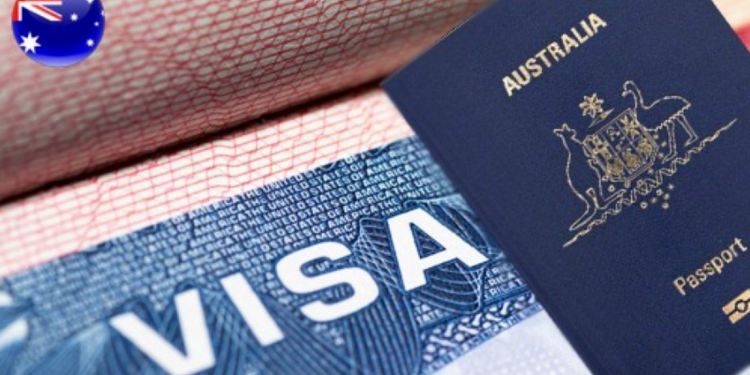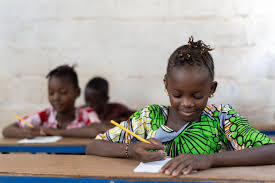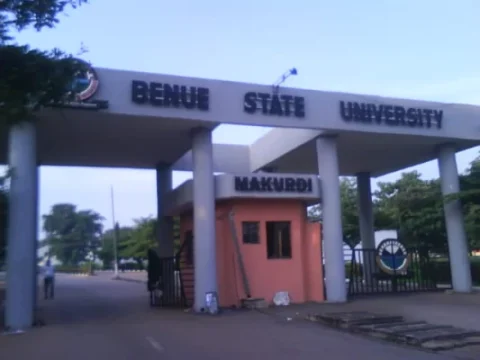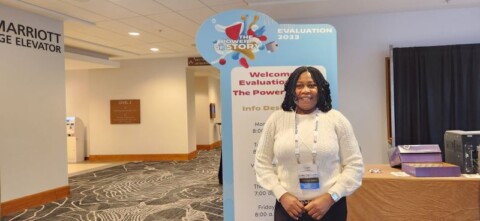Australia is set to raise its international student visa fee from A$1,600 to A$2,000 (about USD 1,279) in 2025, if the ruling Labor Party wins re-election. This proposed A$400 increase is part of a broader strategy to reform the country’s migration system and restructure its education sector.
The announcement, made ahead of the upcoming federal election, places immigration and education at the center of national political discourse. According to a joint statement by Treasurer Jim Chalmers and Finance Minister Katy Gallagher, the new visa fee structure is expected to generate an estimated A$760 million over the next four years. Gallagher described the measure as a “sensible” way to reflect the value of studying in Australia.
This marks the second significant increase in less than two years. The last hike occurred in July 2023, when fees jumped from A$710 to A$1,600. If the new proposal is implemented, Australia will further cement its status as one of the most expensive countries in the world for international students based on visa costs. For comparison, U.S. visa fees stand at USD 185 (around A$290), and Canada’s fees are about CAD 150 (approximately A$160).
Australia’s international education sector remains a crucial economic pillar, contributing billions in revenue annually. More than one million international students were enrolled across the country in 2024. However, concerns over increasing migration and housing pressures have prompted the government to reassess its policies. Nearly 200,000 international students arrived in February 2025 alone, a 12.1% increase from the previous year and 7.3% above pre-pandemic levels.
In response, the government plans to cap international student numbers at 270,000 in 2025, while the opposition party is calling for a lower cap of 240,000. Both sides appear to support tighter controls, indicating a growing bipartisan agreement on restricting migration through the education pathway.
The visa fee increase is accompanied by proposals from the opposition to raise fees even further—up to A$2,500 for general applicants and A$5,000 for those applying to elite institutions such as the Group of Eight universities.
Prospective international students are likely to face higher upfront costs and increased competition. With the planned cap and stricter requirements in place, securing a study visa and admission may become more challenging. These developments signal a shifting landscape for global students considering Australia, emphasizing the need for thorough financial planning and early application.





